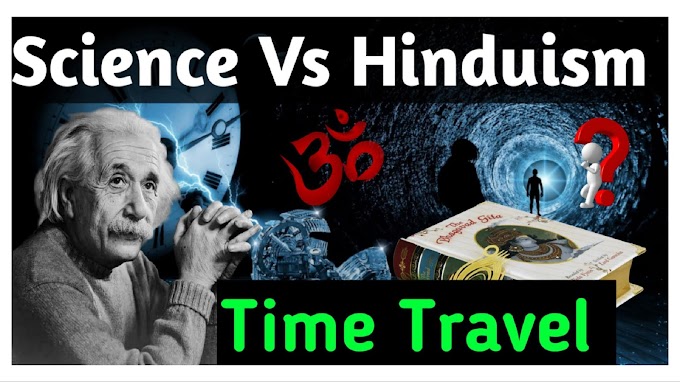When do we call any human community a tribe and what is the criteria for a human community to be called a tribe?
India is a diverse country,the diversity of India is evidenced by the fact that when you go from one state to another, there is change in language along with food From this we can guess that there is many tribes in India many tribes had lived their lives for centuries in the forests, away from the ordinary life in the mountains many tribes of India came to the river flow only after the arrival of the British, but even today there are many tribes in India which have their own separate world.
Definition of tribe.
⚫According to Oxford Dictionary "A tribe is a group of people in a primitive or barbarious stage of development acknowledging the authority of a chief and usually regarding themselves as having a common ancestor.
⚫ According to Imperial Gazetteer of India a tribe is a collection of families bearing a common name, speaking a common dialect, occupying or professing to occupy a common territory and is not usually endogamous though originally it might have been so.
⚫ According to D.N Majumdar( An anthropologist) a tribe is a social group with territorial affiliation, endogamous with no specialization of functions ruled by tribal officers hereditary or otherwise, united in language or dialect recognizing social distance with other tribes or castes
You can express the tribe in your own words and tell us in the comments.
Tribes in India are classified based on their geographical location, language, and cultural practices. Here are some of the major tribes in India and their characteristics:
• Gonds: Gonds are one of the largest tribes in India, mainly found in the central and southern parts of the country. They have a rich culture and tradition and are known for their music and dance. The Gonds are mainly farmers and depend on agriculture for their livelihood.
• Santhals: The Santhals are the largest tribe in eastern India, primarily found in the states of Jharkhand, West Bengal, and Odisha. They are known for their unique musical instruments and dance forms. The Santhals are mainly farmers and practice shifting cultivation.
• Bhils: The Bhils are one of the largest tribes in western India, mainly found in Rajasthan, Gujarat, and Madhya Pradesh. They are known for their bravery and are skilled in archery and hunting. The Bhils are mainly farmers and depend on agriculture for their livelihood.
• Khasi: The Khasi tribe is mainly found in the state of Meghalaya in northeast India. They have a unique matrilineal society where the women are the head of the family. The Khasis are mainly farmers and practice terrace farming on the hilly terrain.
• Naga: The Naga tribe is primarily found in the northeastern states of Nagaland, Manipur, and Arunachal Pradesh. They are known for their unique cultural practices and traditions, including headhunting. The Nagas are mainly farmers and practice terrace farming on the hilly terrain.
• Munda: The Munda tribe is mainly found in the eastern states of Jharkhand, West Bengal, and Odisha. They have a unique cultural heritage and are known for their music and dance forms. The Mundas are mainly farmers and practice shifting cultivation.
• Oraon: The Oraon tribe is mainly found in the eastern states of Jharkhand, Chhattisgarh, and West Bengal. They have a rich cultural heritage and are known for their dance and music forms. The Oraons are mainly farmers and practice shifting cultivation.
• Chenchus: The Chenchus are one of the oldest tribes in India, mainly found in the states of Andhra Pradesh and Telangana. They are known for their hunting and gathering skills and are mainly dependent on forest resources for their livelihood.
• Jarawas: The Jarawas are an indigenous tribe of the Andaman and Nicobar Islands. They are known for their hunting and gathering skills and have a unique culture and tradition.
These are just a few of the many tribes that are found in India. Each tribe has its unique identity, language, culture, and tradition. Unfortunately, many of these tribes are facing social, economic, and political marginalization. The government of India has taken several steps to protect the rights and welfare of these tribes, including the implementation of various tribal welfare programs and the recognition of their cultural and linguistic diversity.








0 Comments